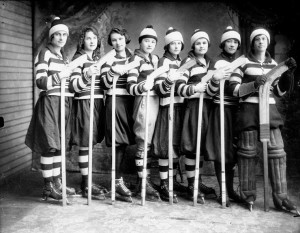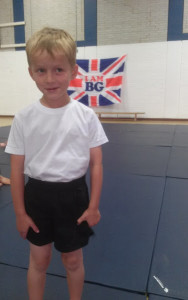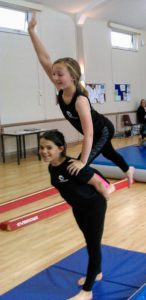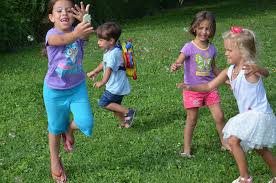How to get fit for sport
3 CommentsA comprehensive guide to getting fit for your sport
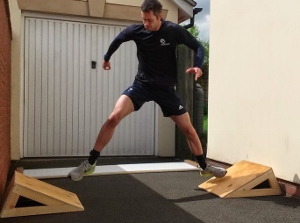 Over the past few years, we have published many guides on sports fitness; based on both research and our extensive coaching experience. Our athletes have benefitted from the principles and systems that we have developed.
Over the past few years, we have published many guides on sports fitness; based on both research and our extensive coaching experience. Our athletes have benefitted from the principles and systems that we have developed.
Rather than play sport to get fit, the evidence shows that getting fit to play your sport will be safer and more effective.
Here they are gathered in one place to make them easier for you to find, most contain links to videos or other useful information.
Essential information for all sports
Whilst each sport is “unique, special and different” there are some things that are common throughout. Here are the key areas that will help you, whatever your sport.
- The Ultimate Guide to Warm-Ups: Why the warm-up is essential to physical and mental preparation, how to plan your individual warm-up, common warm-up errors and bad practices.
- Guide to competition eating: what you need to eat before, during, and after competing.
- The Athlete’s guide to sleep. How much sleep you need as a sports person, and how to get more.
- How to take charge of your fitness training: How to make your strength training specific to your sport and you as an individual.
- How to make pre-season training interesting, relevant and more fun a 4 part series looking at getting you and your team prepared.
The Comprehensive Guide to Getting Fit for your Sport.
 Archery: Getting fit for Archery, the need for stability, balance and posture, including a free ebook.
Archery: Getting fit for Archery, the need for stability, balance and posture, including a free ebook.- Athletics: How to plan your winter training, why you need to change things in track and field during the offseason, speed, strength and warm-ups. Strength training for throwers, general and specific exercises for throwing events.
- Badminton: How to get fit for Badminton, 3 experts offer their advice and experience. Includes how the game has changed over the last 10 years.
- Basketball: Strength and conditioning for basketball a review of work we have done getting basketball players fit. How to improve your vertical jump,3 ways to get that jump higher.
- Cricket: How to get fit for cricket, including 3 videos to help improve your bowling speed, fielding agility and running between the stumps, Also, top 5 tips for cricket fitness.
- Fencing: Introducing fitness to fencers, fencing is a one-sided sport, so fencers need special attention to prevent imbalances and injury, also how to warm up for fencing, how to cool down after fencing
- Football: Top 5 football fitness articles, including football fitness training, speed training for football and fitness testing for football.
- Golf: How to get fit for golf, a case study of work I have done with England Gold using a step by step approach to improving golf fitness.
- Gymnastics: How to get gymnasts stronger, a reflective piece on how strength training has been applied. Speed training for gymnasts: a look at common running errors for the vault and DMT and how to get your gymnasts running faster.
 Handball: How to get fit for Handball pt1, the needs and fitness demands of playing handball. Handball fitness pt 2 how to get your team fit in season.
Handball: How to get fit for Handball pt1, the needs and fitness demands of playing handball. Handball fitness pt 2 how to get your team fit in season.- Hockey: Fitness training for field hockey pt1, what the fitness demands of hockey are. Hockey fitness training pt2. Practical fitness training sessions for hockey.
- Motor racing: How to get fit to drive in Formula1 The very unique demands of motor racing, from a go-kart to Formula1.
- Netball: From the ground up, how to get fit for Netball. Why returning to Netball needs to include fitness training. Netball fitness pt 2. Practical fitness training ideas for Netball training.
- Roller Derby: A guide to roller derby and aspects of fitness from a player-coach.
- Rugby: 10 fitness myths and tips for rugby Common errors and misconceptions, what to do instead. How to get big for rugby Appropriate fitness training for young rugby players is more important than just putting on weight. Strength and power developments in rugby Guest post looking at the demands of the International matches and how players need to prepare at the Professional level.
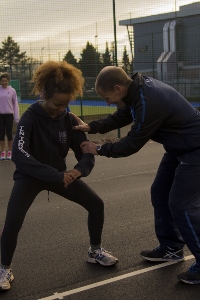 Running: Do you want to run faster? Link to the ebook which includes strength training for runners and technical drills.
Running: Do you want to run faster? Link to the ebook which includes strength training for runners and technical drills.- Squash: Fitness training for squash What squash requires, examples of work we have done, video of lunge strength exercises.
- Swimming: A guide to swimming dryland training A review of an excellent seminar by Nick Folker which has shaped our strength and conditioning training for swimmers.
- Tennis: How fit you need to be to play tennis at Wimbledon, an overall look at what tennis fitness is about, How to get for tennis, specific ideas and exercises for tennis fitness getting fit to play tennis on clay, the essential guide to playing on clay, common tennis injuries and how to prevent them by Physiotherapist Sarah Marshall.
- Weightlifting: How to start weightlifting pt2. the essential information on what the Olympic Lifts involve and how to prepare to start lifting.
An example of how to train hamstrings for football (and other sports like hockey, rugby, netball and cricket) can be seen in this video:
Get the right coaching for you and your team now
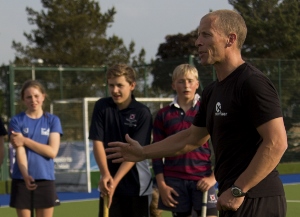 If you would like to get fit for your sport safely and effectively and have some fun on the way, then I am happy to help.
If you would like to get fit for your sport safely and effectively and have some fun on the way, then I am happy to help.
If you live in the South West, then I can help you with individual strength and conditioning If you live outside the South West, or abroad, then please contact me if you wish to host a workshop or seminar.


